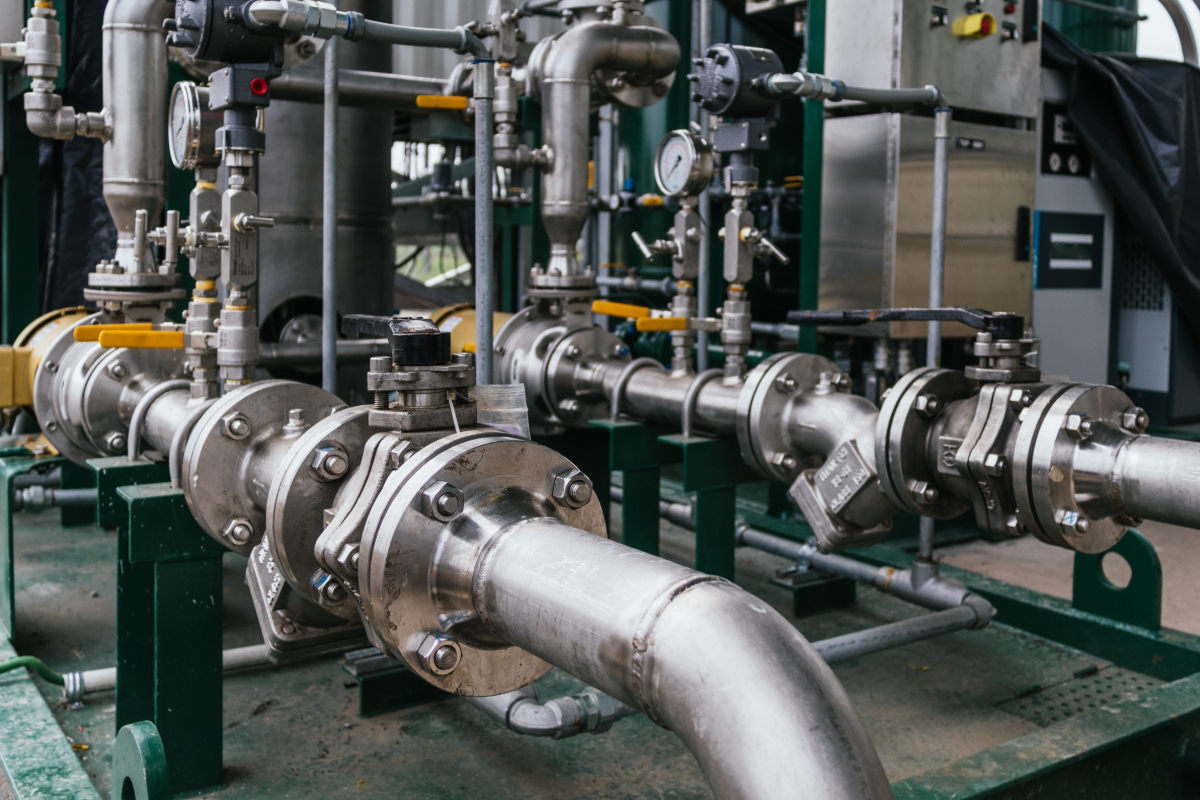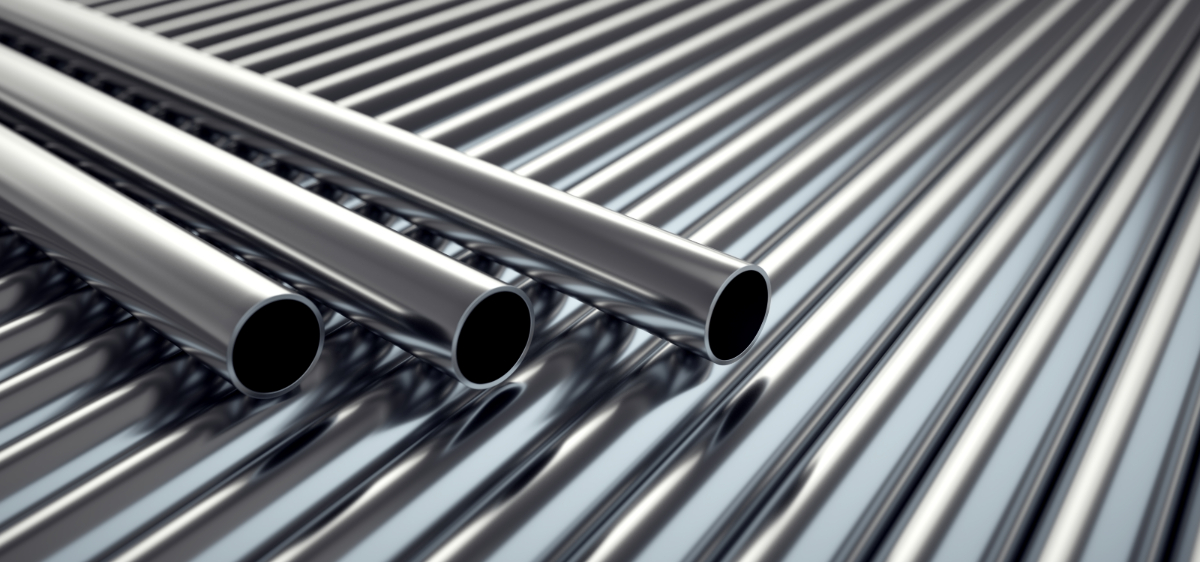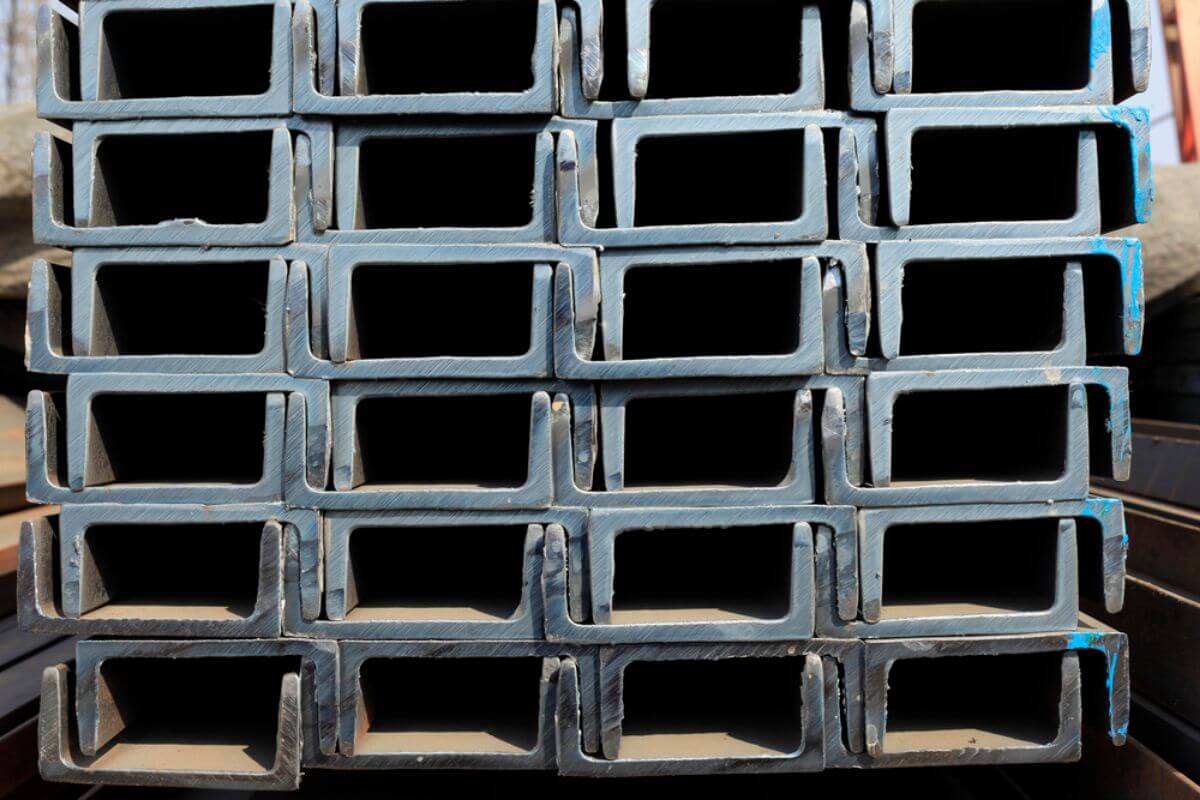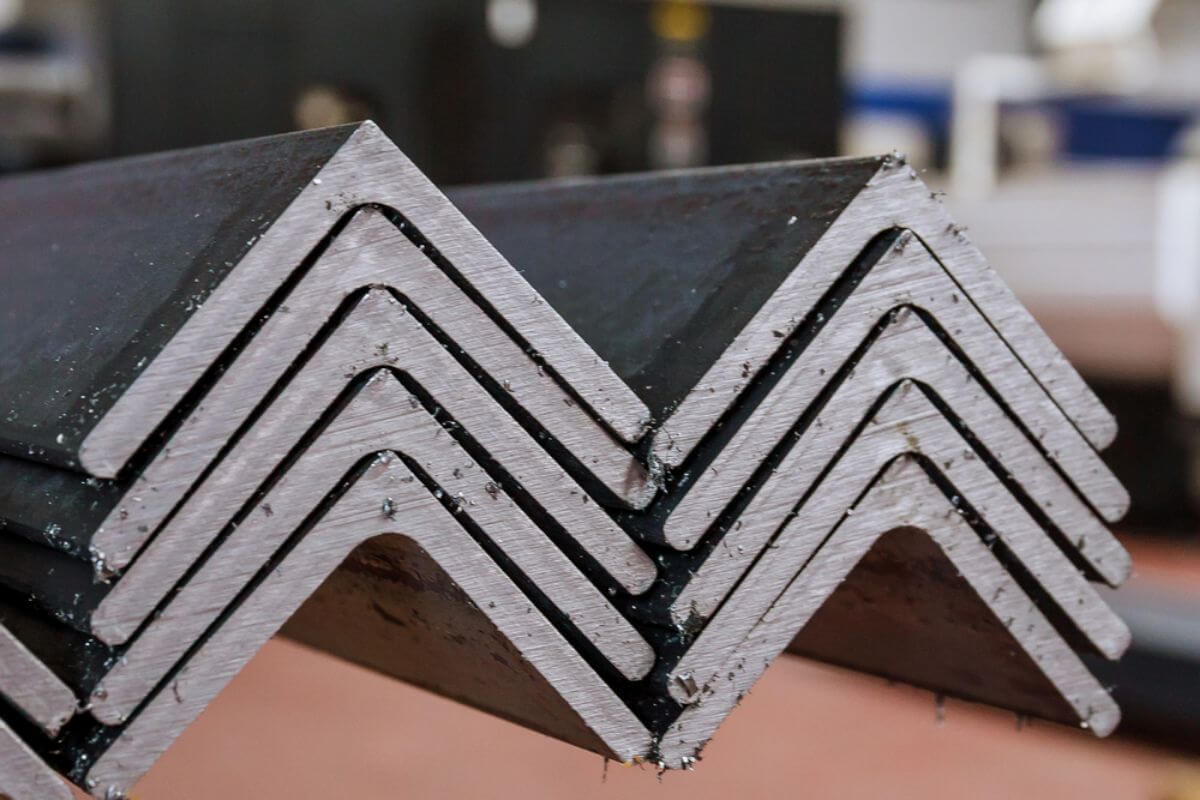What are different types of tube bends?
- Press bending
- Ram-type bending
- Roll bending
- Compression bending
- Rotary draw bending
- Mandrel bending
- Wiper die bending
When you see a fabricated pipe, you probably don’t think much about how it got there. But, did you know that tube bending is actually a complicated science? And, there are several types of tube bends to get the result you want. The best method to use will depend on many factors, such as the quality of the metal, the function of the finished product, and the resources you have. In this post, we break down the basics of the different types of tube bends.
Press Bending
Press bending is the easiest, cheapest, and most common method of making tube bends. This process uses a punch and a die, which create the bend. The tube is pressed against the die, forcing it to conform to the shape of the bend. Press bends are not precise and can cause a few deformations in the tube. This is due to the lack of reinforcement or internal support.
Ram-Type Bending

Ram-type bending is used to make mufflers and other similar products. It is one of the simplest types of metal tube bends. It uses a hydraulically powered ram that forces the tube against pivot blocks or rollers. It is typically used to make square bends and concave surfaces. Some machines are deliberately designed to compress and slightly deform the inside bend radius to achieve this.
It is one of the less expensive and laborious ways to bend a tube. However, it can be harder to control compared to other types of tube bends. As a result, it isn’t ideal for applications where there are tight bending requirements or where tube cosmetics are a concern.
Roll Bending
Roll bends are often used for large workpieces, typically for construction applications. With roll bending, many machines are used to bend tubes into spiral shapes. One machine uses three bend rolls set in a pyramid shape, which allows it to shape curves into a tube. This machine is suited for creating bends with larger radii. Another machine is the two-roll, pinch-style roll bender. For this type, the tube is fed between an upper and lower roll, while on either side two pinch-style rolls are adjusted to produce the desired bend angle.
When producing spirals, a tube can be fed into the machine multiple times. If a piece needs a wider radius or small pitch, the operator can remove the tube after one revolution to produce a continuous coil. For tubes that need a larger coil pitch or a tighter radius, the operator feeds the tube into the machine multiple times and uses an additional roll that guides the tube outward as the spiral is formed.
Compression Bending

Compression bends are made using a compression die (also known as a follow block), and a stationary bend die. In this type of bend, the tube is clamped against the system, just behind the rear tangent point. The compression die then forces the tube against the stationary bend die. This method can create symmetrical workpieces. When making identical bends, it is done in one go using a machine with two bending heads.
With this type of bend, the outside surface near the bend is often flatter compared to other types. This is due to the inside diameter not being supported during the bending process. However, this flatter surface isn’t much of a problem for most tube products. As a result, it is still used to produce many household and commercial products.
Rotary Draw Bending
When it comes to precision work, using rotary draw-type bends might be the best choice. This technique is especially suited for applications involving tight radii. This is because rotary draw bending machines allow for more control over the bending process. Additionally, rotary draw bending can support the inner diameter of the tubes using precision tooling and internal devices.
A rotary draw machine has a pressure die that holds the straight section of the tube. Meanwhile, a clamp die rotates the tube around a round bend die. From here, a mandrel and a wiper die can be added to prevent deformities around the interior and exterior radius. Thus, this process is one of the more effective ways to create tight bends and precise shapes.
Mandrel Bending

A Mandrel is less a type of tube bend and more of an aiding method used by manufacturers. In some types of bends, it is typical to experience flattened radii or wrinkling around the bend due to a lack of support. With mandrel bending, a device called a mandrel is put inside the tube and positioned where a bend will be formed.
The device flexes along with the tube as it is fed through a bending machine, and allows the tube to bend while supporting the diameter of the bent area. This device helps the tube achieve the desired shape and reduces the flaws around the radii.
Wiper Die Bending
When working with thinner metals, the tube may likely experience some wrinkling or cracking when bent by a machine. While mandrels are used to support the inner diameter of the pipe, wiper dies are used to support the exterior walls.
When a delicate tube needs a tight bend, a wiper die can be added to the machine. This tool is inserted into the space between the tube and the bending dies. When the tube is fed through, the wiper die smooths out the pressure, preventing defects from forming due to uneven internal wall compression.
Key Takeaway
If you have a metal fabrication project that requires any type of tube bends, there are several different techniques to consider. As pipe bending is a complicated process, it would be best to get your pipe supplies from a credible and reliable source.
Regan Industrial Sales Inc. offers the best steel pipe and tubing products, made by state-of-the-art machinery and skilled manufacturers. Contact us today to learn more about our products!







